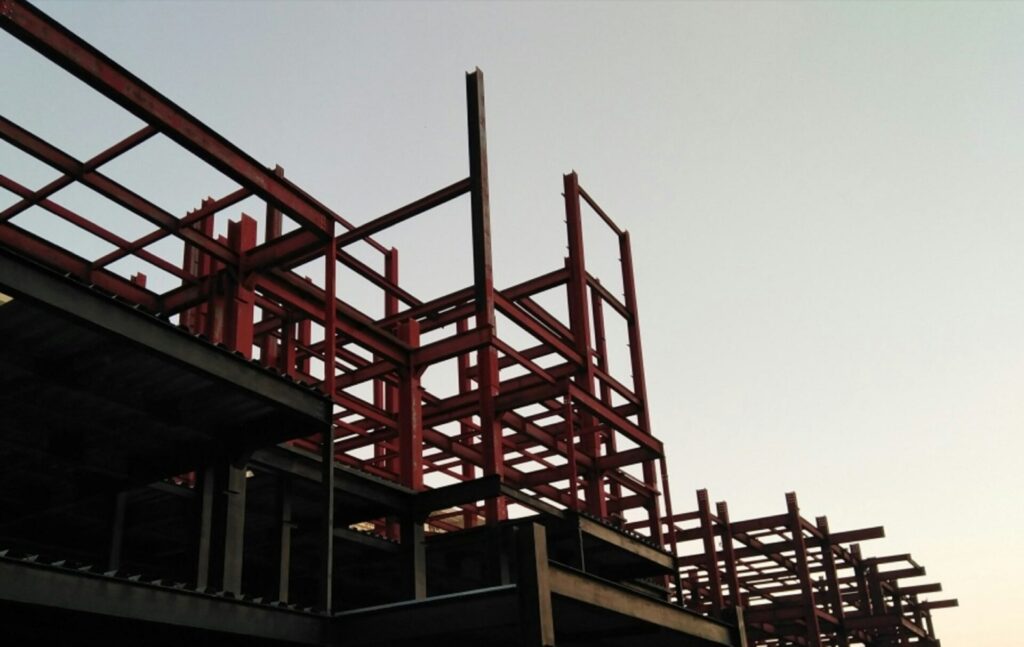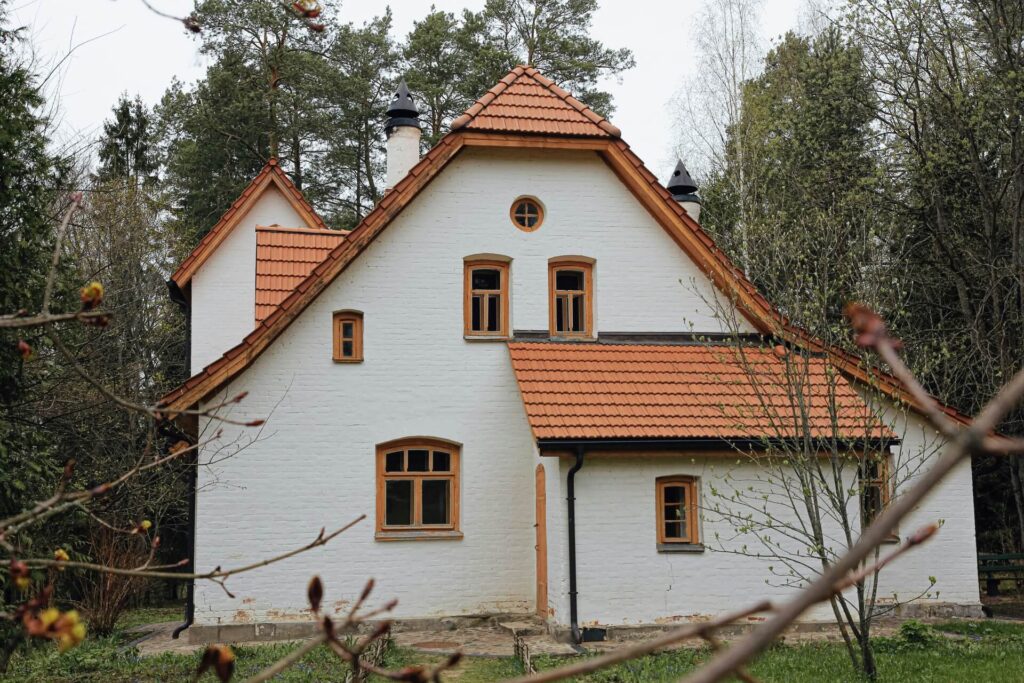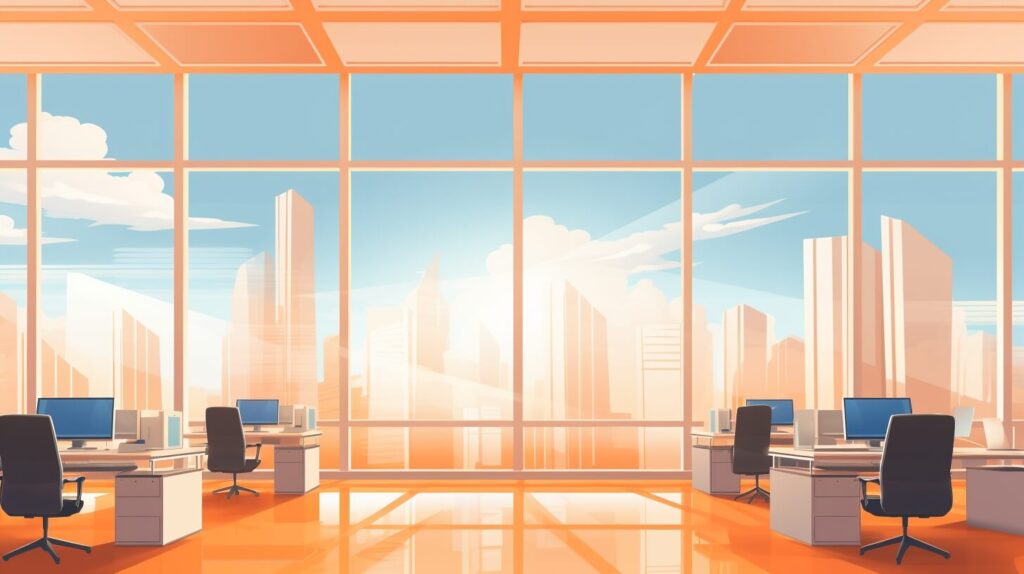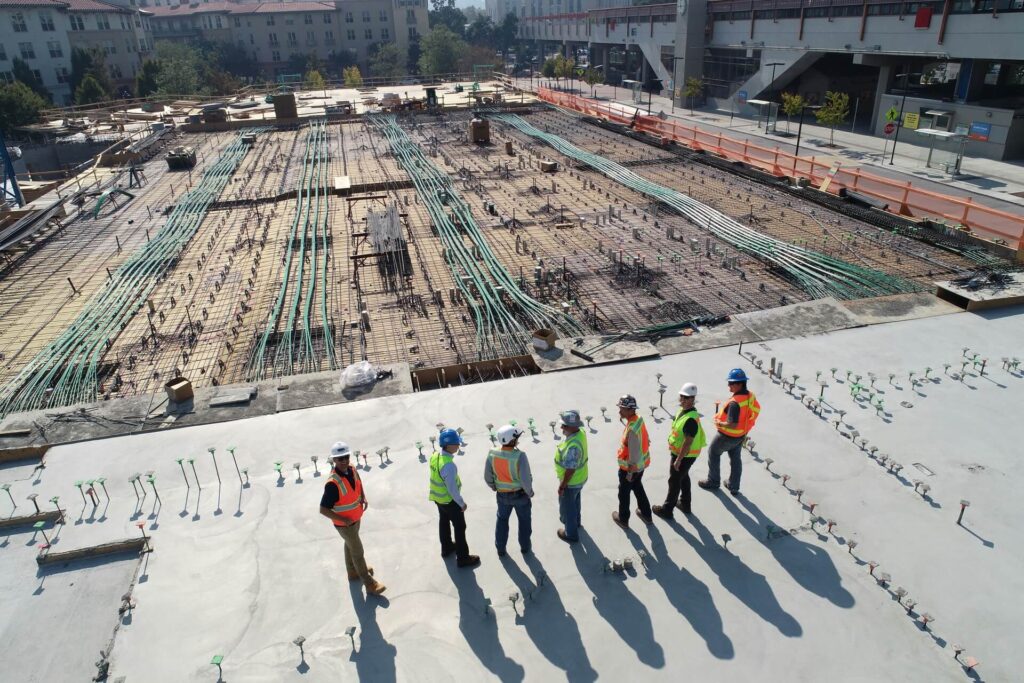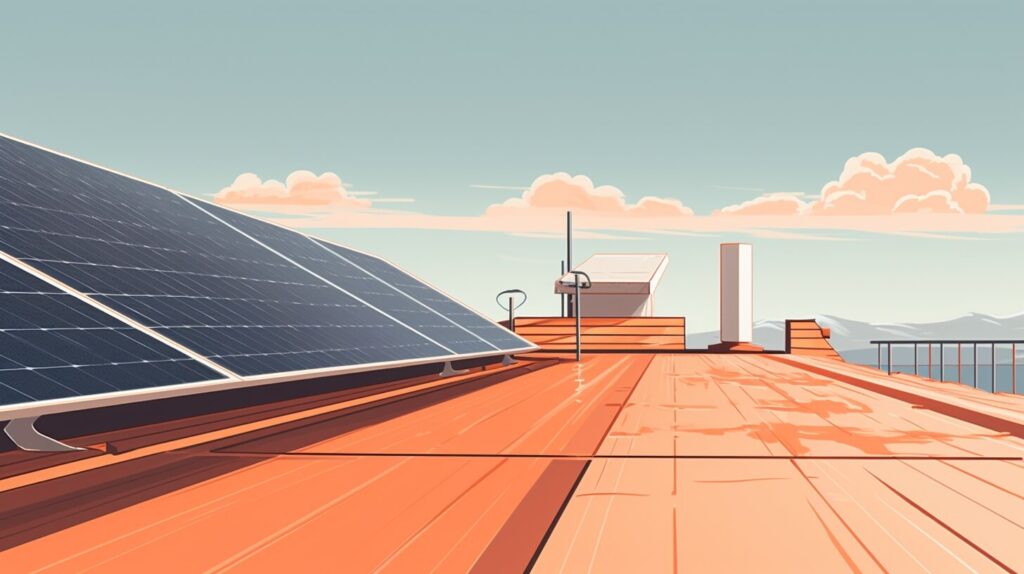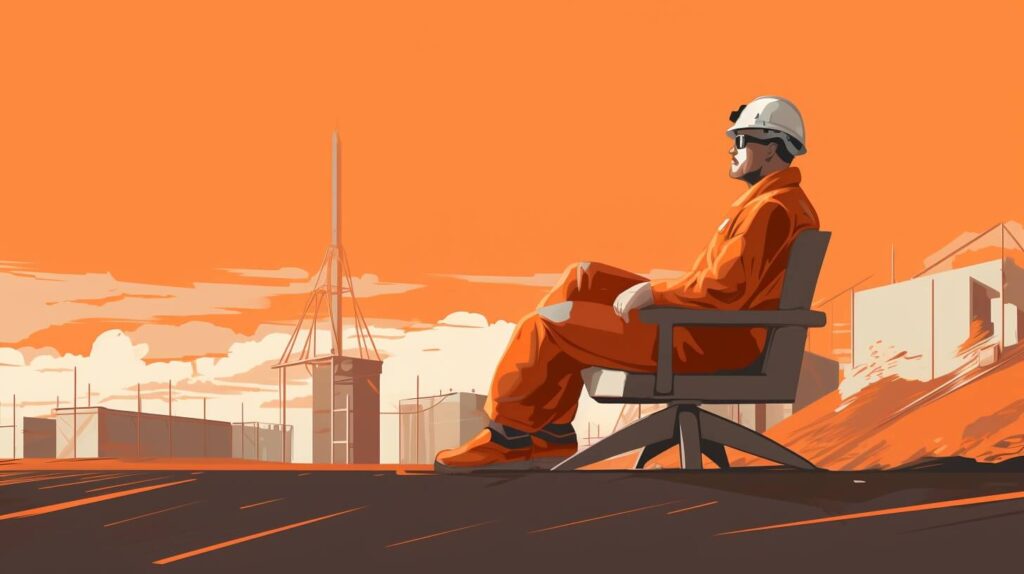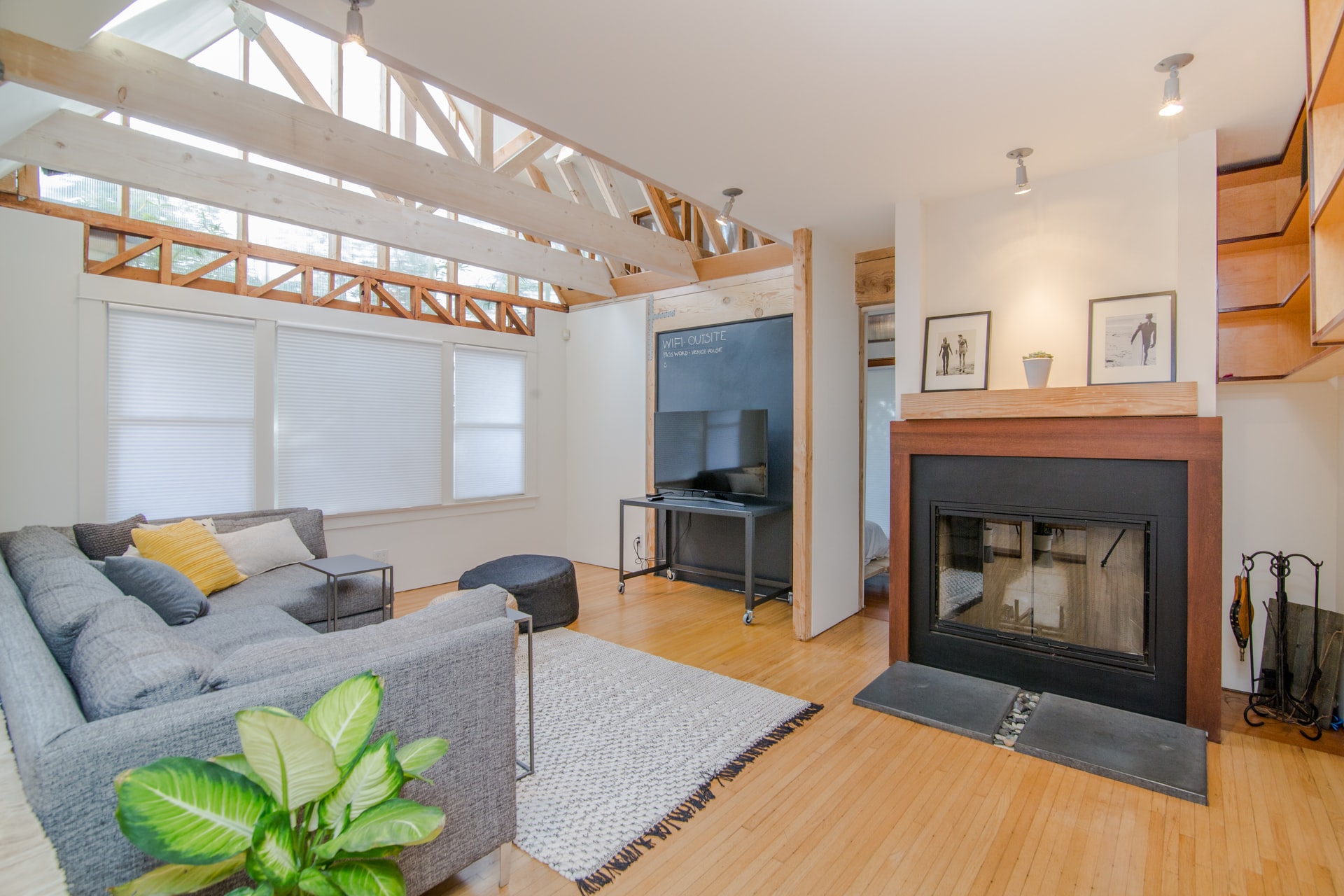
We are reader-supported. When you buy through links on our site, we may earn an affiliate commission.
Traditionally, new construction projects are built from the ground up. This has worked for centuries, but it isn’t always the most efficient or sustainable way to create new structures. As the focus shifts toward eco-friendly construction and sustainability, it’s becoming increasingly necessary to reduce the waste generated by the construction industry. Prefabrication is starting to fill that niche. How are prefabs going to shape the future of the construction industry?
Defining Prefabrication
What is prefabricated or modular construction? The industry defines prefabrication as a method of construction that uses components that are manufactured off-site and then assembled at the job site. This method can be done with nearly every part of a new structure.
Once the pieces are in place, subcontractors and other specialists can step in. They complete infrastructure systems that make the building safe and livable.
Prefabricated construction isn’t necessarily a new technology. It is, however, just starting to make its way into the construction industry as a whole. This sector has historically been one of the slowest to adopt new technologies and techniques. As such, that applies to the adoption of prefabricated construction.
Benefits of Construction Prefabs
What are the benefits of utilizing prefabricated structures in the construction industry?
Prefabricated structures are ideal for any project that is incredibly redundant. These include hotels or multi-family structures that have a large number of similar rooms. Instead of having to build the structure again and again, prefabricated construction can create duplicate components, assembly line-style. This sort of prefabricated structure can also be assembled in a fraction of the time. It’s a little more complicated than putting Tab A into Slot B, but not by much.
Sustainability
On the sustainable side of things, prefabricated construction is better for the environment. Utilizing prefabricated structures reduces the number of deliveries necessary to complete a project by up to 90%. This reduces the number of direct carbon emissions caused by the industry. It also decreases energy consumption on the job site and, once the project is done, cuts the amount of waste that might otherwise end up in landfills.
Traditional construction projects generate upwards of 56 million tons of waste and debris every year. Since there is little to no need for raw materials on a prefab construction site, there is no waste to haul away at the end of the day.
Potential Repurposing
Prefabricated structures are built to last, but they don’t have to. Once they’ve outlived their usefulness, they can be disassembled and moved, reused, or recycled into new structures. Imagine building a house or a business then discovering that your chosen location is in a flood plain or prone to wildfires. Instead of abandoning your already-built structure and starting over, you could potentially disassemble the prefab and have it reassembled in an entirely new location.
Versatile and Forward-Thinking
One of the often overlooked benefits of prefabricated construction is the fact that it makes it easier to incorporate green materials, techniques, and technologies directly into your build. Instead of building a new house and then having solar panels installed on the roof or eco-friendly insulation piped into the walls, you can incorporate all of these features directly into your design. You won’t need solar installers — just a skilled electrician to hook the panels up to the home’s grid.
Eliminates Waste
The construction industry as a whole is looking for ways to shrink its carbon footprint and improve the sustainability of its projects. Sure, it isn’t a foolproof way to eliminate construction and demolition waste. However, it is a step in the right direction when it comes to reducing waste in the industry and creating a more sustainable future for construction as a whole.
Prefabrication: Looking Toward the Future of Construction
The construction industry hasn’t changed much in the last century. However, if sustainability is the goal, big shifts are going to be necessary. Utilizing prefabricated structures is just a single piece of the puzzle, but it will play an enormous role in reducing job site waste and emissions, as well as shrinking energy consumption and even reducing the amount of time necessary to bring a new structure to completion.
It is essential for construction companies to start adopting new technologies and exploring their options. We’re all in this together to create a greener and more sustainable construction future.

